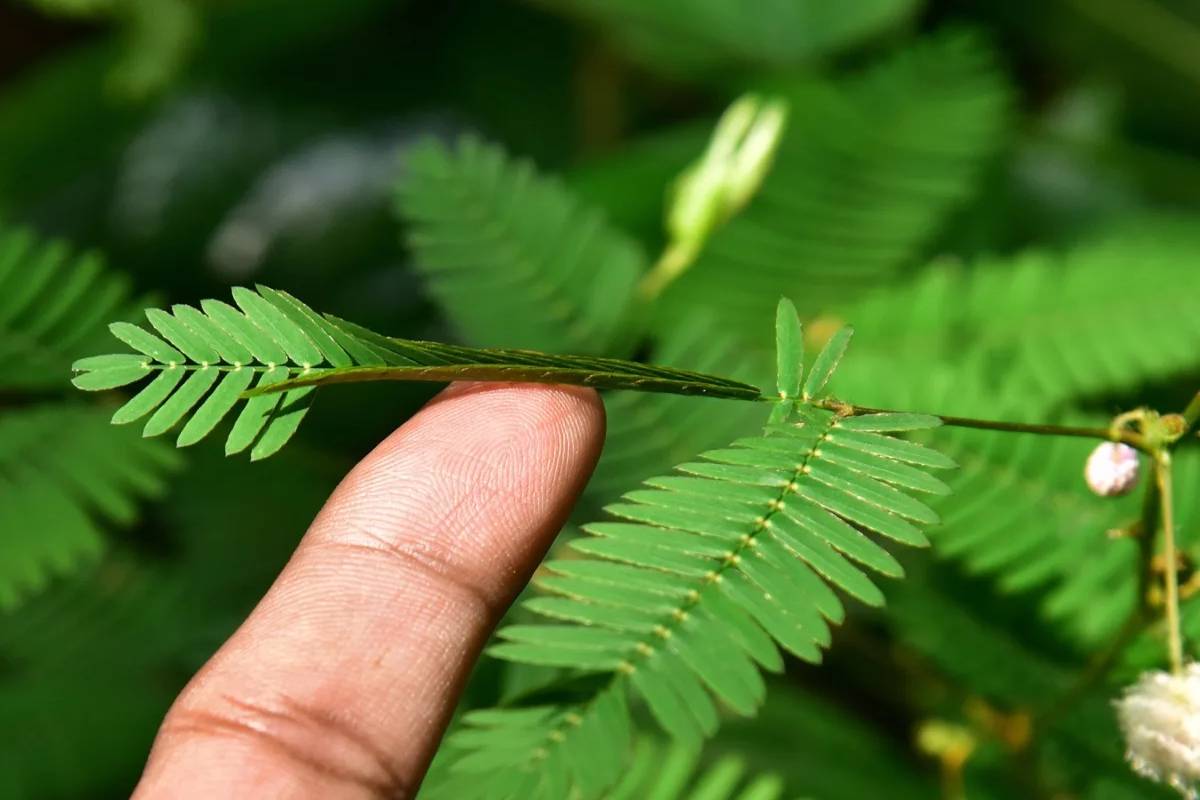Locusts to reach as far as Bihar, Odisha, says Food and Agriculture Organisation
FAO Director General Qu Dongyu had on May 22 warned that efforts to control Desert Locusts will take time.
They can grow thorns and prevent themselves from being eaten. They can also produce toxins to kill the pests or at least make them weak.

The incredible defense mechanism of the plant kingdom
Plants are frequently attacked by insects and pests, and they cannot run away to save themselves. But they are not defenseless and have plenty of ways to protect themselves. They can grow thorns and prevent themselves from being eaten. They can also produce toxins to kill the pests or at least make them weak.
Some plants like tomatoes, when attacked by insects, release compounds that signal the nearby plants to release their own insect repellent.
Advertisement
Plants face threats ranging from microscopic fungi and bacteria to small herbivores, like aphids, caterpillars, and grasshoppers, up to large herbivores, like tortoises, koalas, and elephants. But plants are ready with a whole series of internal and external defenses that make them much less appealing meals, or even deadly.
Advertisement
Plants’ defenses start at their surface, and the bark covering the tree trunk is full of lignin, a rigid web of compounds that are tough to chew and highly impermeable to pathogens. Leaves are protected by waxy cuticles that deter insects and microbes. Some plants got a step further with the painful structures to warn would-be predators.
Thorns, spines, and prickles discourage bigger herbivores. To deal with smaller pests some plant leaves have sharp spike-like structures called trichomes. The kidney bean plant sports tiny hooks to stab the feet of bugs and other insects.
In some species trichomes also dispense chemical irritants. Throbbing nettles discharge a combination of histamine and other toxins that induce pain and inflammation when touched. Spinach, kiwi fruit, pineapple, fuchsia, and rhubarb all produce microscopic needle-shaped goblets called raphides.
They can cause tiny holes in the inside of animals’ mouths, which create an entry point for toxins. The mimosa plant has a strategy designed to prevent herbivores from taking a bite.
Specialized mechanoreceptor cells detect touch and shoot electrical signals through the leaflet to its base causing cells there to release charged particles.
The building up of charge draws water out of these cells and shrivels, pulling the leaflet closed. The folding moment scares insects away and the shrunken leaves look less appealing to large animals. If these external defenses are breached, the plants of the moon system spring into action. Plants don’t have a distinct immune system like animals, rather every cell has the capacity to recognize and maintain against invaders.
Specialised receptors can recognise molecules that signaled the presence of dangerous microbes or insects. In response, the immune system initiates a battery of defense systems. To prevent more pathogens from making their way inside, the waxy cuticle thickens and cell walls get stronger. Guard cells seal up pores in the leaves if microbes are devouring one section of the plant, the cells can self-destruct to quarantine the infection.
Some plants can even conscript allies to develop a strong offense against their would-be foes. Cotton plants under attack by caterpillars release a specific cocktail of ten to twelve chemicals into the air. This assortment captivates parasitic wasps that lay eggs inside the caterpillars. Plants may not be able to flee the screen of an attack or fight off predators with teeth and claws, but with sturdy armour, and well-stocked chemical arsenal, a neighbourhood watch, and cross-species alliances, a plant is not always an easy meal.
Advertisement